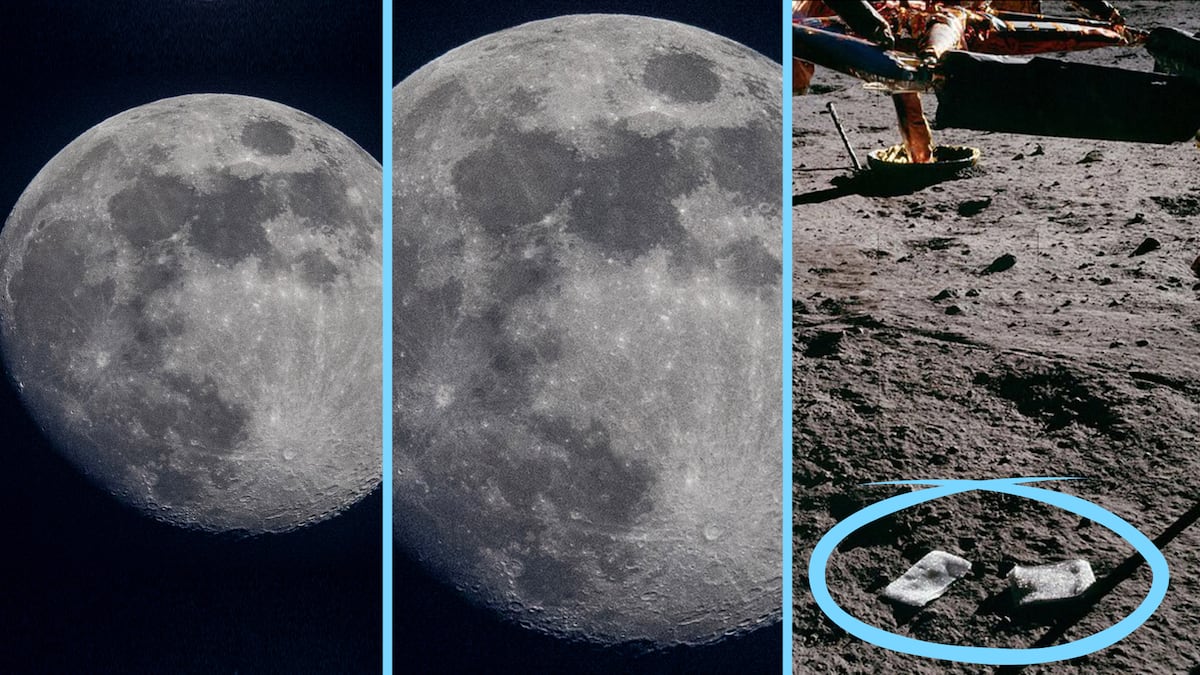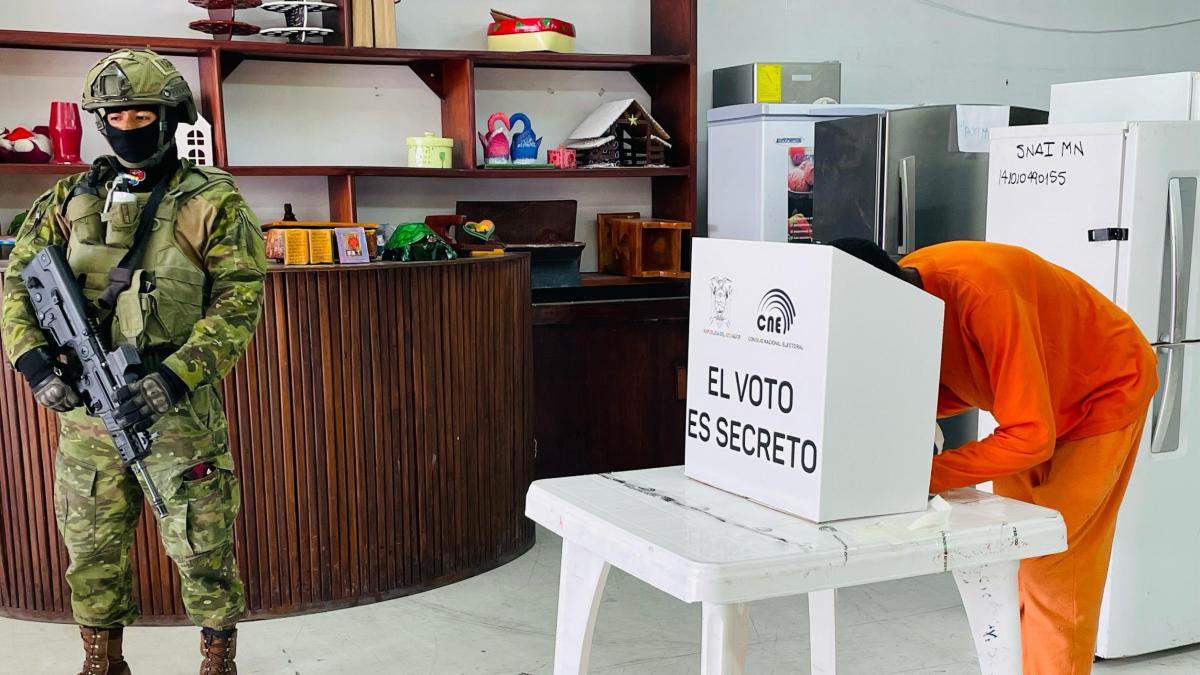The Taliban is not a wizard in computer networks, but it can get help from Pakistan to use U.S. equipment. With more traditional methods, an extremist organization can acquire knowledge skillfully.
In October 2020 Afghan Hamidullah was returning from Kandahar to Ghazni when the Taliban decided to check the phones of passengers on the bus.
Hamidullah had pictures of his relatives, some of whom worked in the armed forces during the previous regime in Afghanistan. Hamidullah was beaten and his phone was broken.
Around this time Radio Liberty He also said that at times the Taliban copied the contents of the phones and used recovery software. This software recovers previously deleted content.
Beating and breaking the phone may indicate that the Taliban do not have more effective technical means to investigate people’s digital behavior.
Unfortunately, the assumption is hardly true. At least the previous Afghan administration was capable of anything else, with the support of the United States.
Afghanistan the property of the previous regime was taken over by the Taliban when it captured Kabul in August.
There is no precise information on what kind of wiretapping abilities the United States donated to its fragile ally. There is also no precise information on the extent to which the Taliban have acquired these devices and the personnel trained to use them on their own behalf.
What was the Taliban allowed to take from American or other coalition forces?
When The Taliban had taken over Kabul, a huge evacuation was launched. The United States took away not only its personnel but also the equipment it used.
The British were seen driving an army evacuation flight away from a car with a radio interference system.
The equipment that could not be exported, such as helicopters, was made by a British broadcaster According to the BBC unusable. At least that’s how the United States assured me.
It is to be hoped that the United States and its allies were allowed to take away their widgets. In Afghanistan, for example, the very kind of cyber espionage equipment used information leak Edward Snowden shocked the world in 2013.
Snowden’s data revealed that the U.S. National Security Agency (NSA) had built an intelligence system called the RTRG. It was commissioned at the Bagram Air Base in 2005.
RTRG captures virtually all call and message traffic in real time. In 2011, information obtained through the RTRG was used in about 70 percent of the fighting situations of Americans and their allies, said The Intercept Magazine in 2019.
What was the Taliban allowed to take from the previous Afghan regime?
The United States in 2020, the Armed Forces Monitoring Authority for Afghanistan (Sigar) found that the technology handed over to the administration was not adequately controlled. Sensitive technology had also gone unchecked.
The supervisory body did not specify in the public in its report, which could be a sensitive technology. At the latest, it would have ceased to be equally sensitive.
In the second report Sigar specified that a surveillance aircraft system called ScanEagle, which was delivered to the Afghan army, was also left unattended.
Intelligence Chief of the City of Jalalabad Basir said To The New York Timesthat the Taliban have used intelligence methods from the previous Afghan regime against Isis. These include telecommunications monitoring equipment donated by the Allies and used by the previous regime to monitor the Taliban.
The database of Afghan security personnel built by the United States has also raised concerns.
Times of Israel The magazine reported in September that the database contains accurate data for about 700,000 people. According to the newspaper, Americans speculated that if the database could not otherwise be opened, an attempt would be made to hack it. The Taliban hardly know this very well, but in addition to Pakistan, help can come from China, Russia or Iran.
A soldier from the previous Afghan Special Forces in Kandahar in July.
What is the Afghan intelligence service doing now?
Of the United States the central intelligence service The CIA set up and trained the Afghan intelligence service NDS. In 2017 The CIA worked with the NDS to increase the effectiveness of special forces.
NDS special forces have been held raw. They targeted Isis and the Taliban’s Haqqani Network, which includes many of the current Taliban leading the way in Afghanistan. However, the NDS is also known to have killed civilians.
In September, the Taliban announcedthat at the base of the CIA and NDS special forces in Deh Sabz, the Americans destroyed equipment, cars and documents worth “millions” as they left.
On the day of the capture of Kabul, the Taliban also occupied the NDS headquarters. Appointed Taliban intelligence chief Hajji Najibullah said in early September To The New York Timesthat the headquarters had been abandoned. The prisoners had also fled, or they had been released.
The Taliban announced in October that they had set up their own security police. Its name is GDI.
A soldier from the Taliban’s Badri 313 Taliban investigated the ruins of a former CIA training center and intelligence station in early September in Deh Sabz.
What does the Taliban really do?
Yes Part of Taliban intelligence, says Deputy Defense Professor at the National Defense College Antti Paronen.
“And they’re really good at it. There is no certainty about the competence of telecommunications intelligence, but they have successfully handled traditional personal intelligence and advocacy. ”
When the Taliban reactivated in 2004-2006, it formed a shadow regime at the local level.
The governor was joined by a shadow governor, a police shadow police officer. Alongside the courts, there was a Sharia court. This replaced corrupt governance and infiltrated the environment. The shadow administration was able to obtain a lot of information.
“The connections and networks between people were known. Information was obtained in very traditional ways by speech, telephone, and letter. But at the same time we were able to make an impact. ”
According to Paronen, the information was utilized when the Taliban took over the territories in the summer of 2021 and eventually also Kabul.
“The Taliban knew local influencers, such as village chiefs. Messages were sent through them to be passed on to their relatives in the armed forces. When the local authority told the soldier that the Taliban were coming and it was worth leaving if he wanted to live, so many obeyed. ”
The baron recalls that the Taliban carried out the occupation with very little violence. It was precisely because of the lack of resistance.
A Taliban fighter spent his holiday at the end of October visiting an amusement park in the capital, Kabul.
What about neighboring Pakistan?
The Taliban it needs no inquiry just to harness the taste of Afghan music but because it has enemies. For example, the local Isis branch of Isis-K makes bombings.
From September 18 to October 28, Isis-K made at least 54 strikes, an average of more than one stroke per day.
Intelligence information related to Isis-K is available to the Taliban, at least from Pakistani intelligence, The New York Times.
Pakistan has long roots in helping the Taliban. In the days when the Taliban have been cramped in Afghanistan, the organization has been hiding in and operating in Pakistan.
Pakistan has other interests in Afghanistan, according to an interview with the Times of Israel John Woodward. Woodward, a professor at Boston University, has been responsible for a U.S. project to collect biometric identifiers. They are also now believed to be in the hands of the Taliban.
“[Pakistanin tiedustelupalvelua] ISI is interested in who has worked for Americans, ”Woodward told the newspaper.
Hajji Najibullah, who has been appointed Taliban intelligence chief, has warm distances to Pakistan. He was involved with the Taliban, for example in the abduction operation, where the abductees were detained in Pakistan. United States blame Najibullah also from several attacks that have resulted in the deaths of American soldiers.
Among the first to be the new Taliban regime traveled to meet Head of Pakistan Intelligence ISI Faiz Hameed.
Assistant Military Professor Antti Paronen estimates that assigning such a task to the ISI intelligence service indicates that the role of the ISI in the rise of the Taliban has been significant.
According to Paronen, the visit has probably been a mutual blessing, both from the Taliban and the Pakistani leadership. The state of Pakistan can also be expected to be tasked with safeguarding Pakistan’s interests towards a new regime in Afghanistan. So the visit was no coincidence or a courtesy visit.
.
#Inquiry #Taliban #fallen #hands #wiretapping #equipment #difference #extremist #organization #successfully #handled #traditional #intelligence





